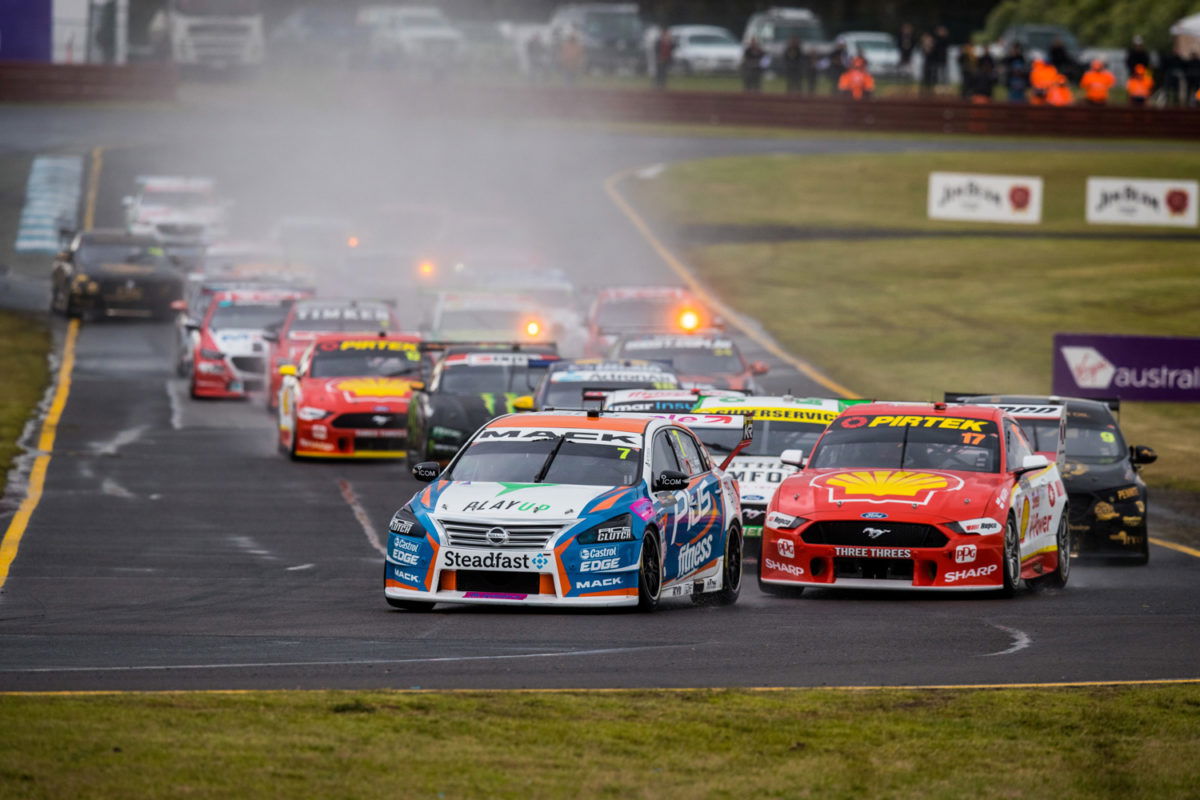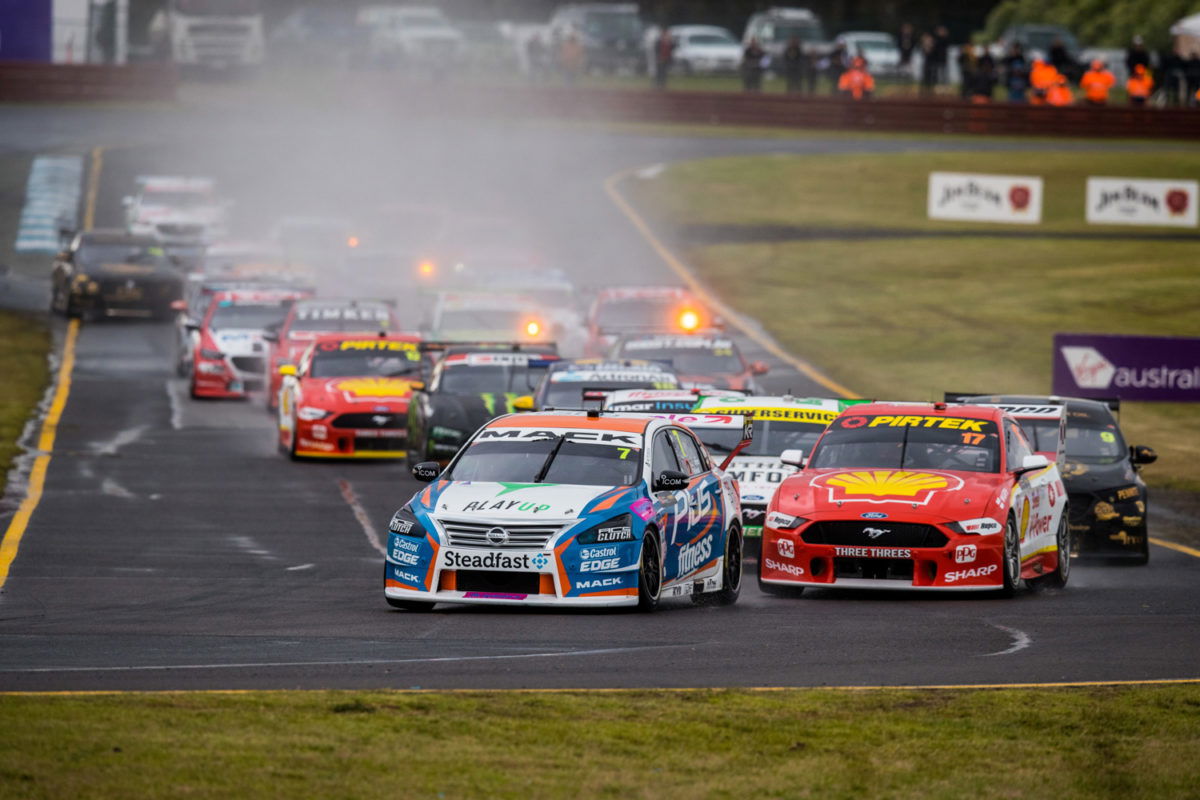

The qualifying sprint races will not return when the Sandown 500 makes its comeback in the 2023 Repco Supercars Championship.
Qualifying sprints were introduced to the 500km enduro in 2008, when it was moved to Phillip Island, and remained in place when the Bathurst 1000 lead-in returned to Sandown in 2012.
The Bend had already been set to host the 500km enduro instead of Sandown in 2020 before both that format and the southeast Melbourne circuit were dropped due to COVID-19 restrictions.
The historic venue returned to the calendar last year, as a replacement for Albert Park, and will finally reclaim its status as the warm-up event for the Great Race, next September.
However, the quick-fire Saturday races will not be back.
“We’re reviewing that, but we won’t be running the qualifying races,” Supercars CEO Shane Howard told selected media, including Speedcafe.com.
“We will go to a more traditional qualifying format for the 500.”
The qualifying sprints had taken on a variety of formats within themselves in the dozen years they had existed.
The original system was that ‘Driver A’ would start the first encounter and ‘Driver B’ the second, demarcations which were entirely arbitrary given those were the days when teams were allowed to pair their full-time drivers.
It was a convoluted way of determining the starting grid for Sunday’s 500km race, not only because it was based on points accumulated in the two sprints, but also given each car had to serve once compulsory pit stop across both of those shorter races.
Eventually, the format became a relatively simple case of either driver qualifying the car for the first sprint, the co-driver contesting that race and their finishing position determining the starting berth for the second sprint, which the primary driver would undertake, with results of the latter determining the starting grid for the Sandown 500 proper.
Even then, however, the sprints counted for championship points in some years but not others.
As to what a ‘traditional’ qualifying format might be, it is worth noting what occurred in the final year before the advent of qualifying sprints at the 500km enduro, 2007.
Then, Supercars adopted a Formula 1-style knockout qualifying system for the vast majority of the season, with just the Sandown 500 and Bathurst 1000 retaining a top 10 shootout.
Nowadays, even with a variety of qualifying formats, the one-lap dash tends to be used for the bigger races/events, providing a clue as to what might unfold on Saturday, September 16, 2023.
What will not be back next year is the ‘retro round’ theme, which was in place from 2016 to 2019.
“It won’t be a retro round,” confirmed Howard.
“As the precursor to Bathurst, they’ll be running the same liveries for the Sandown round as what they do for Bathurst.”
Retro liveries were never compulsory, despite then-Supercars boss Sean Seamer musing about the idea in 2019 when participation from teams was lukewarm.
Themed liveries were mandated this year for the Hidden Valley event, which became the designated ‘indigenous round’, while retro schemes are rolled out at individual teams’ leisure to mark special occasions.
Walkinshaw Andretti United, for example, farewelled Holden with its earliest Holden Racing Team livery in this year’s season finale event, the Valo Adelaide 500, where Chaz Mostert broke the ‘retro curse’ by leading Nick Percat to a one-two in the 78-lapper which was held on the Saturday.




















Discussion about this post